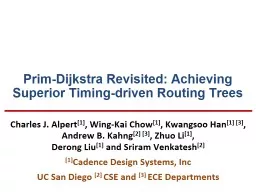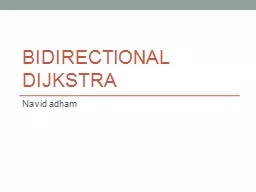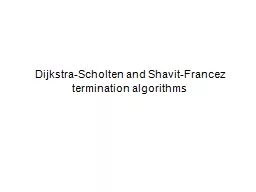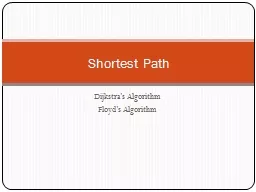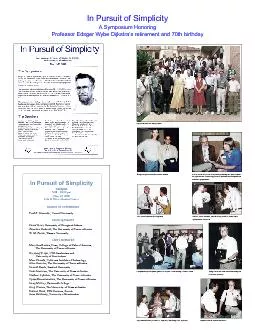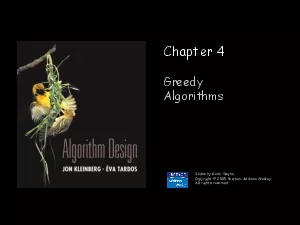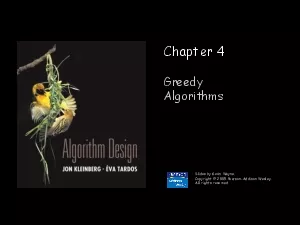PPT-Prim-Dijkstra Revisited: Achieving Superior Timing-driven Routing Trees
Author : olivia-moreira | Published Date : 2019-06-22
Charles J Alpert 1 WingKai Chow 1 Kwangsoo Han 1 3 Andrew B Kahng 2 3 Zhuo Li 1 Derong Liu 1 and Sriram Venkatesh 2 1 Cadence Design Systems Inc
Presentation Embed Code
Download Presentation
Download Presentation The PPT/PDF document "Prim-Dijkstra Revisited: Achieving Super..." is the property of its rightful owner. Permission is granted to download and print the materials on this website for personal, non-commercial use only, and to display it on your personal computer provided you do not modify the materials and that you retain all copyright notices contained in the materials. By downloading content from our website, you accept the terms of this agreement.
Prim-Dijkstra Revisited: Achieving Superior Timing-driven Routing Trees: Transcript
Download Rules Of Document
"Prim-Dijkstra Revisited: Achieving Superior Timing-driven Routing Trees"The content belongs to its owner. You may download and print it for personal use, without modification, and keep all copyright notices. By downloading, you agree to these terms.
Related Documents

